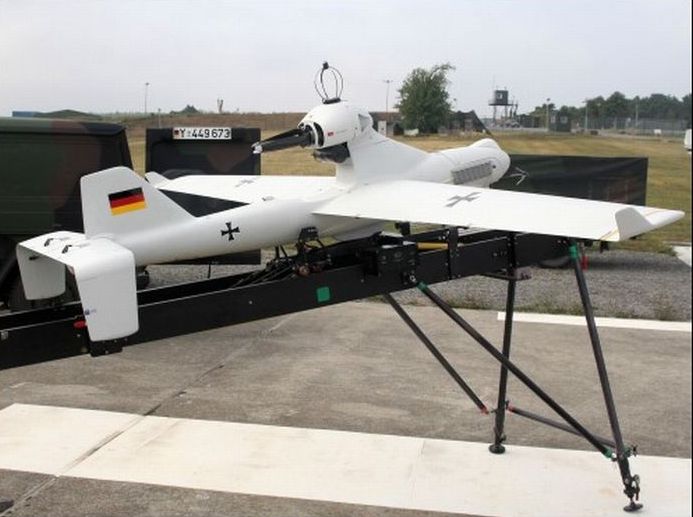|
|
Unmanned Aerial Vehicle (UAV)
|
Because UAVs are not burdened with the physiological limitations of human pilots, they can be designed for maximized on-station times. The maximum flight duration of unmanned, aerial vehicles varies widely. Internal-combustion-engine aircraft endurance depends strongly on the percentage of fuel burned as a fraction of total weight (the Breguet endurance equation), and so is largely independent of aircraft size. Solar-electric UAVs hold potential for unlimited flight, a concept originally championed by the AstroFlight Sunrise in 1974 and the much later Aerovironment Helios Prototype, which was destroyed in a 2003 crash.
Electric UAVs kept aloft indefinitely by laser power-beaming technology represent another proposed solution to the endurance challenge. This approach is advocated by Jordin Kare and Thomas Nugent.
One of the major problems with UAVs is the lack of inflight refueling capability. Currently the US Air Force is promoting research that should end in an inflight UAV refueling capability. The first UAV-UAV refueling flights are expected sometime during the first half of 2012.
One of the uses for a high endurance UAV would be to "stare" at the battlefield for a long period of time to produce a record of events that could then be played backwards to track where improvised explosive devices (IEDs) came from. Air Force Chief of Staff John P. Jumper started a program to create these persistent UAVs, but this was stopped once he was replaced.
|
|









